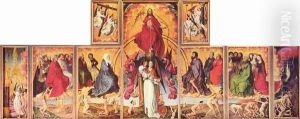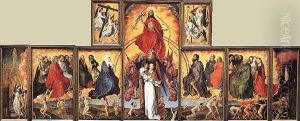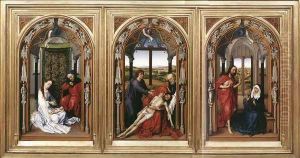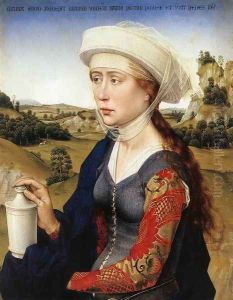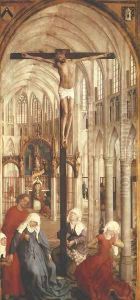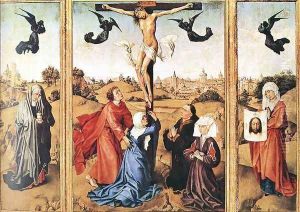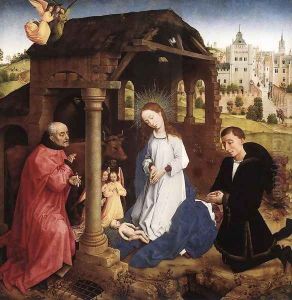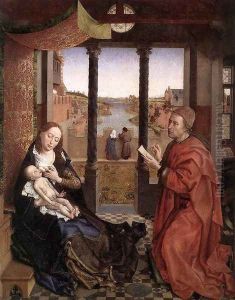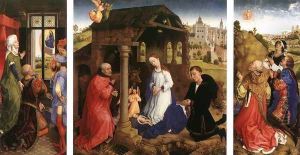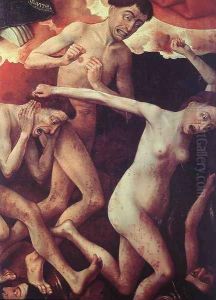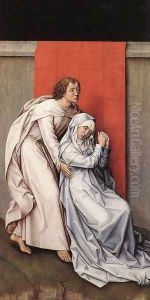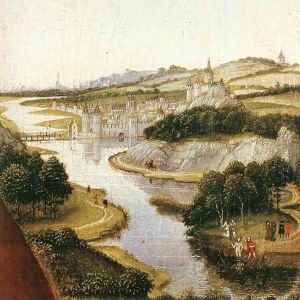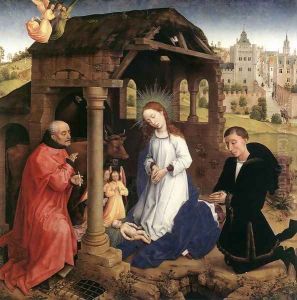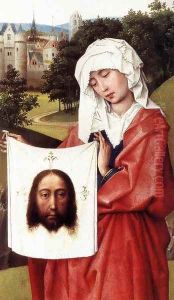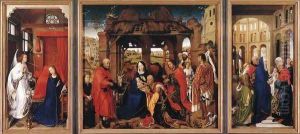Rogier van der Weyden Paintings
Rogier van der Weyden, born Rogier de le Pasture in the city of Tournai, now part of modern-day Belgium, was one of the most influential artists of the Northern Renaissance. His exact birth date is not confirmed, but it is generally believed to be around 1399 or 1400. Van der Weyden decided to change his name after moving to Brussels, where he became the city’s official painter in 1436.
Van der Weyden's work is known for its profound emotion and complex religious symbolism. He trained under Robert Campin, another master of Flemish painting, though he soon developed a distinctive style that emphasized more refined and naturalistic expressions than his contemporaries. His approach to human emotion and the detailed textures of fabrics influenced the development of Northern European painting.
Some of his most famous works include 'The Descent from the Cross,' which is notable for its sophisticated use of color and form to express deep emotional resonance, and 'The Last Judgment,' which showcases his skill in portraying intricate scenes filled with numerous figures. Unlike many of his peers, van der Weyden did not leave behind any drawings, which suggests that he may have painted directly onto canvas, a testament to his skill and confidence.
Throughout his career, van der Weyden also became famous for his portraits, characterized by their realistic depiction and psychological depth. His influence extended across Europe, thanks in part to his many followers and the widespread distribution of reproductions of his work. He died in Brussels in 1464, leaving behind a legacy that would inspire future generations of artists.


